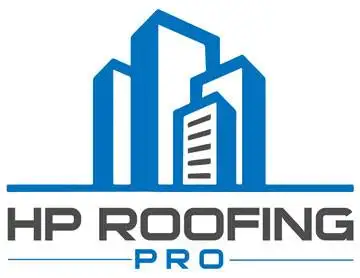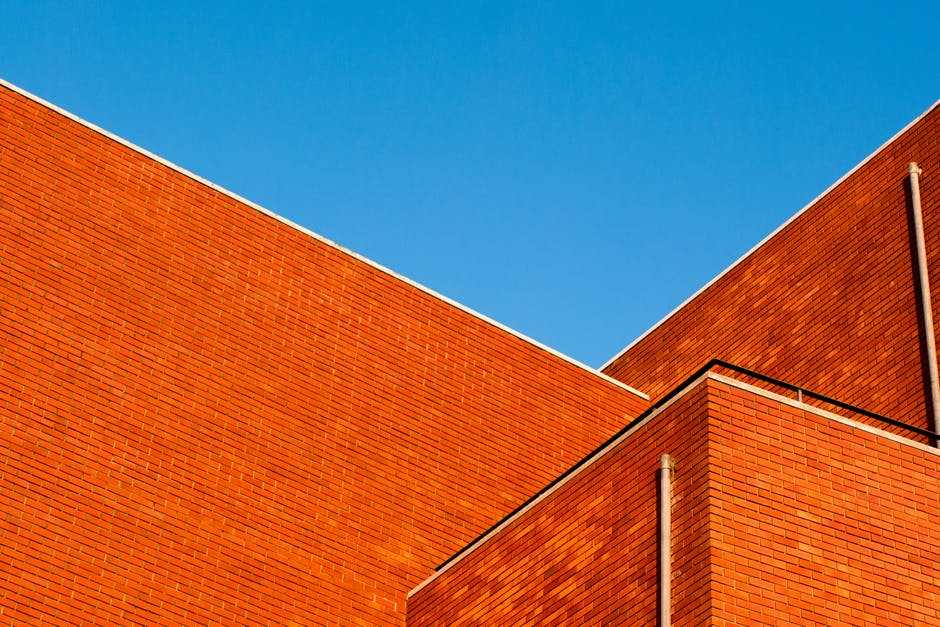Mon - Fri 7:00 am - 4:30 pm
601 South Palm Ave, Alhambra, CA 91803
Posted by hproofingpro No Comments on Going Flat: The Pros and Cons of Flat Roofs in Commercial Buildings Roofing
Going Flat: The Pros and Cons of Flat Roofs in Commercial Buildings
Let’s talk about flat roofs. Have you ever wondered why many commercial buildings have flat roofs? What are their disadvantages and advantages?
Why are they so commonplace? What materials go into flat roofs? Are they significantly cheaper than slanted roofs?
If you’re opening up new business premises, you want to get the best building that your money can buy. It’s not just what’s on the inside that counts. Choosing the right roof for your building can improve security, weather resistance, and more!
Ready to check out our list of flat roof advantages and disadvantages? Then read on!
Pro: Cheap to Build and Maintain
If you’re a new or up-and-coming business, then costs will be very important to you. The good news is that flat roofs are substantially cheaper than their pitched cousins.
While part of this is due to material costs, there are other factors that make flat roofs cheaper. They’re safer to install, which cuts down on labor costs (which will carry over into the future too), and repair costs will also be cheaper.
Pro: Additional Flexibility
Flat roof systems give you much greater flexibility than pitched roofs. You can install air conditioning units on flat roofs, for example, rather than having them on the ground. This also increases security, as they are less likely to be vandalized.
You can let your imagination run wild with flat roofs. If you’d like to have a roof garden on your commercial building, you can!
Want a terrace, where you can host barbecues and corporate events? Then you’ll need a flat roof!
Pro: They Can Cut Your Utility Bills
Flat roofs offer superb utility benefits that are harder to get with pitched roofs. For example, if you’d like to cut down on your electricity bill, then install solar panels! These are substantially easier to install on flat roofs than on sloping roofs.
You can also take advantage of great breakthroughs in the field of flat roof insulation! Cool roofs are roofs that use highly reflective coatings or membranes, which stop your building from getting too hot. This is particularly ideal for businesses in hot climates, allowing you to slash your AC bill.
Pro: Easier to Access and Install
Flat roofs are very easy to install. This means that the job gets done faster, which means your commercial building can be ready to go quicker. You get back to making money quicker.
If you ever need maintenance or upgrades carried out on flat roofs, their ease of access will prove a massive boon. Not only is it easier to get onto a flat roof, but it’s also safer than climbing up onto a sloping roof, with smaller risks of falling.
Con: Best For Smaller Buildings
Flat roofs become more unstable the larger they become. While flat roofs will be fine for the vast majority of commercial buildings, some measures may need to be taken on larger buildings. In general, these measures will take the form of changing weight distribution on the building’s interior to improve stability.
Con: Flat Roofs Have a Limited Lifespan
Flat roofs have a somewhat limited lifespan. You can expect your building’s flat roof to last between 10 and 15 years. After that, it may need to be replaced.
However, this is balanced out by the lower cost of flat roof systems. Even though you may need to replace it in the future, it won’t cost you too much, nor will it take long to install.
Con: Water Drainage is More Complex
It’s popular wisdom that rain pools on flat roofs, causing damage to the buildings. This is incorrect, however.
While some flat roofs have better drainage systems than others, any reputable roofing company will install drainage systems on flat roofs. These prevent water from pooling and let you carry on business in almost any weather.
Con: Membrane Shrinkage
Depending on the material that is used in the construction of your flat roof, you could face issues with shrinkage. Some membranes are vulnerable to ultraviolet radiation, which shrinks the membrane and makes hail more of a hazard.
Depending on your area’s climate, certain membranes may be a lot more advantageous than others. Make sure you discuss this with your roofer.
Flat Roofs: FAQs
We’ve shown you the advantages and disadvantages of flat roofs. In this section, we’re going to answer the most common questions that customers have about flat roofs.
Are Flat Roofs Less Attractive Than Pitched Roofs?
This is a complex question. While flat roofs are less traditional than pitched roofs, their attractiveness depends on what you do with the extra space.
If you leave it bare and unused, then perhaps. If you use it to its utmost and make it a roof garden or a terrace, then certainly not. If you can use it to cut down on your energy bills, that affects your business far more than aesthetics.
How Often Do I Need to Inspect My Roof?
You should inspect your roof twice a year at least. These two inspections should be carried out once in March and once in November. This gives you a chance to see how it’s handling different weather.
You should also inspect it after particularly heavy rain or snow.
Will I Need to Close My Business While Repairs Are Carried Out?
Normally, you will not need to close your business while repairs are carried out on your roof. Depending on circumstances, you may not even need to close while the roof is replaced. Your roofer may want to redeck your roof, rather than remove the old membrane.
Redecking involves using the old membrane as a base for your new one. This means that business can carry on as normal without exposing your business to the elements.
Flat Roofs: Need a Quote?
Flat roofs have numerous advantages for commercial buildings. If you need your roofing replaced or are building new premises, then take a look at the services we offer!
Would you like a quote? Need some questions answered? Then get in touch with us!
Recent Posts
Categories
Recent Posts
Do you have any questions?
Contact us at The HP Roofing PRO office or submit a business inquiry online
Contact Us






